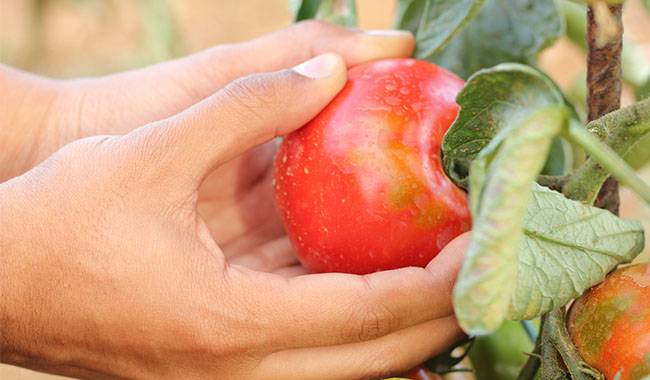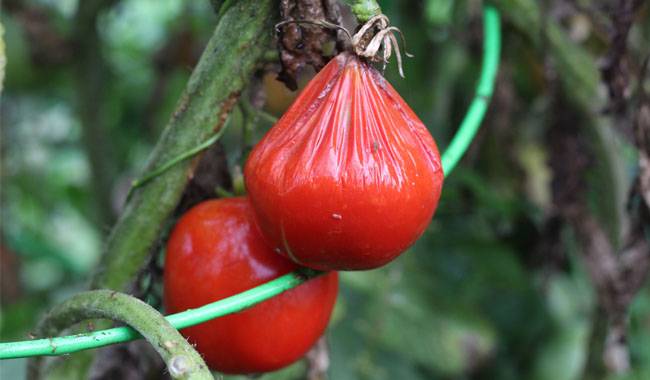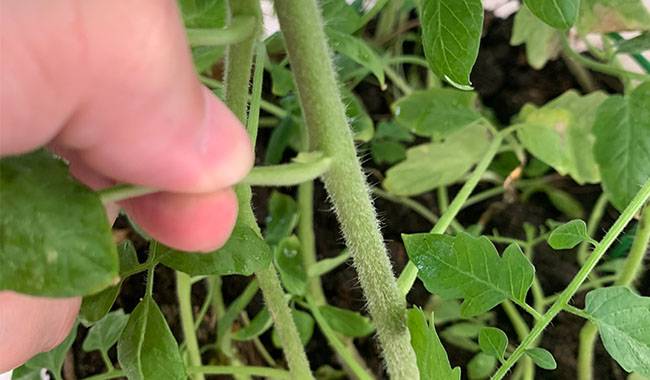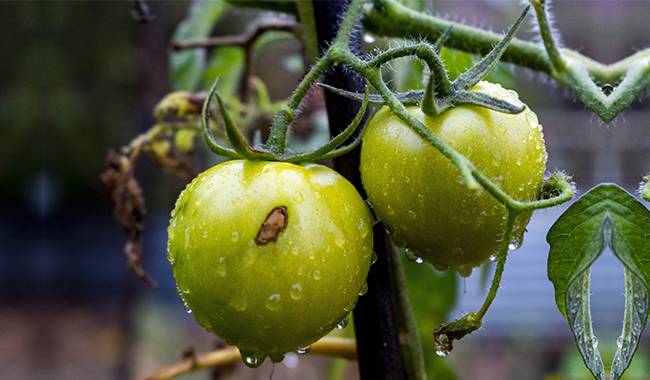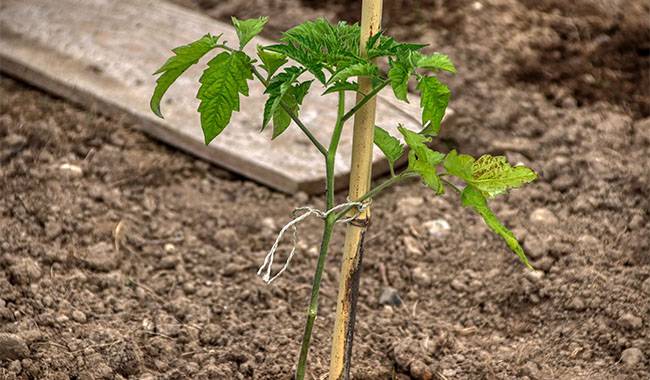
The desire to grow tomatoes is the reason for starting a vegetable garden, and every true tomato lover dreams of harvesting the perfect tomato often.
Rich but juicy, sweet and tart, aromatic, without any flaws, perfect. Unfortunately, it’s hard to find a more difficult vegetable to grow than tomatoes.
The secret to success in obtaining truly delicious fruit is to choose the best varieties, plant them in time and prevent any problems before they arise.
To get closer to your goal, start with 10 tips, which we will present next.
Don’t overcrowd your pots with seeds
If you start growing tomatoes from seed, make sure each seedling has enough room to grow, develop and branch properly. Overcrowded seed pots and buckets make it difficult to grow tomato plants, which can lead to plant disease later.
Once a seedling has grown its first leaves, you should transfer it to its own pot, at least 4inch (10cm) in diameter. Below, we talk more about how to handle tomato seeds for a good harvest.
Make sure you have enough light
Tomato seeds need plenty of direct light. In winter, when light days are short, even placing pots next to a window on the sunny side of the house is not very good for growing plants. Unless you are growing seedlings in a greenhouse, provide them with 14-18 hours of artificial light per day.
For strong, healthy plants with well-developed root systems, keep them 2inch (5cm) away from the light source. As the tomatoes grow, you will have to lower the pot or raise the light fixture. When the seedlings are finally ready to be planted outside, use the sunniest part of the vegetable garden for this purpose.
Put a fan next to the seedlings
Tomato seedlings need to be swayed in the wind so that their stems will strengthen and become strong. Outside, this will happen naturally, but if you are growing in a greenhouse, you will have to artificially create an air circulation effect.
Blow on the plants with a fan for 5-10 minutes, twice a day, to give them a breeze. This does not take long, but the effect of this simple action will be impressive.
If the variant with the fan doesn’t work for you for some reason, you can “blow” the seedlings manually. To do this, you move your hand from side to side across the top of the plant for a few minutes several times a day.
This will also take longer, but as a bonus, you will have the beautiful scent of young tomato plants for longer.
Warm the soil in your vegetable garden
Tomatoes love the heat. They won’t grow unless the soil and air are warm enough. To stimulate this process, you can prepare the soil in advance: cover the soil with regular or mulch a few weeks before you plan to transplant the seedlings into the soil.
As a result, you will get a few extra degrees of heat in the soil, which will allow your tomatoes to be harvested earlier.
You can remove the film before planting, although it makes sense to keep the mulching option open: such a film will only help your tomatoes grow quickly and healthily.
Bury the stems deep in the ground
When transplanting plants into your garden, bury them deeper than in pots so that the entire lower part of the stem is in the ground up to the first leaf. Tomato seedlings placed in this manner will be able to grow roots around the stem. And the more roots there are – the stronger and healthier the whole plant will be.
You can dig holes deep enough, or simply place the seedlings in the ground at an angle. They will quickly straighten out and turn toward the sun, while the lower part of their stems will remain in the soil. The main thing is to be careful that the plants do not get caught in the supports or the buried stems of other plants.
Mulch the soil when the weather warms up
If you are not going to leave mulch on the surface of the soil (as suggested in #4) mulch with mulch after the soil has more or less warmed up. Mulch retains moisture and prevents the disease from spreading among plants, but if you start doing it too soon, it will block out sunlight and cool the soil.
When it’s warm enough outside during the day and night, you can start mulching the soil with mulch to retain moisture.
Tear off the old leaves from taller plants
Once your tomato seedlings have grown to about 6inch (15cm) tall, tear off the leaves from the first 2inch (5cm) of their length. These are the earliest and oldest leaves and get less and less sunlight and fresh air as the plant grows.
Because they are close to the ground, they are very susceptible to pathogens. As a result, they are very susceptible to fungal diseases. If you remove them in a timely manner, the chances of this happening will be greatly reduced.
To prevent fungal diseases, it is not a bad idea to sprinkle compost tea on your plants every week.
Prune your plants to get more tomatoes
Remove the side shoots that have formed between two branches. These will not produce flowers or fruit and will only rob the plant of extra nutrients.
Don’t be afraid to cut back your plants according to the principle. For example, you can tear off a few leaves to allow more sunlight to reach the ripe fruit.
But also remember that leaves are responsible for photosynthesis and sugar production, which affects the flavor of your future tomatoes. The fewer leaves you have, the less sweet the fruit you’ll get.
Water your tomatoes regularly
When the fruit is just forming, water the plant regularly and heavily. Irregular watering – such as skipping a week and trying to “catch up” on lost time – will result in rotting and damage to the seedlings.
The entire garden area where tomatoes are grown should get at least 1inch (2.5cm) of water per week, and even more during hot and dry periods. If the plants start to look sluggish and dry, water more often.
By the time the fruit is ripe, watering can be reduced slightly. Lowering the water level will retain more sugar in the plant, making the fruit sweeter. Also, if you water too much, the tomatoes may stop flowering or even lose their fruit.
Choose the type of tomatoes you grow
Much of growing vegetables depends on the weather, but there are some aspects that are still within human control. There are two basic types of tomato plants.
Determinate tomatoes reach a certain height and then begin to produce a lot of fruit. They usually bloom early enough that if the weather conditions are not too unfavorable, you won’t have a problem with your crop.
However, the big, juicy, delicious tomatoes we all love so much are indexed. This means that they can grow high without any special restrictions (tomatoes are in principle vining plants and must be cultivated as climbers).
Indeterminate tomatoes like to grow for a long time and stretch closer to the sun before they start to set. As a result, they will most likely not flower and fruit for the first 1-2 months. This should not embarrass you.
However, if you are impatient, you can cut (pinch) the tips of indeterminate tomato stems in early summer to encourage them to bloom. The same technique is useful at the end of the season when you want to get the last crop of tomatoes to ripen faster.




